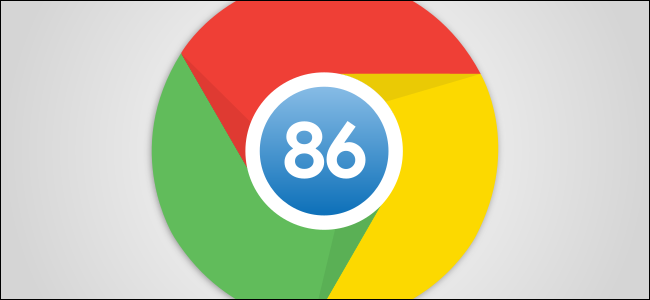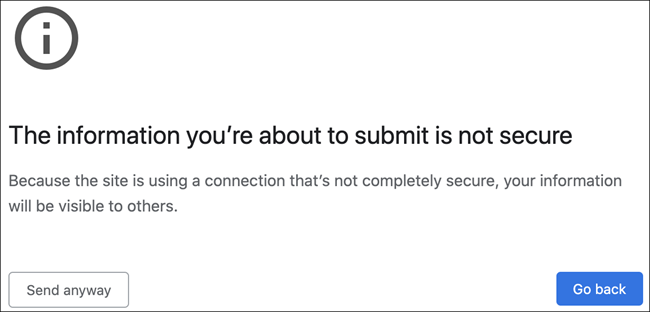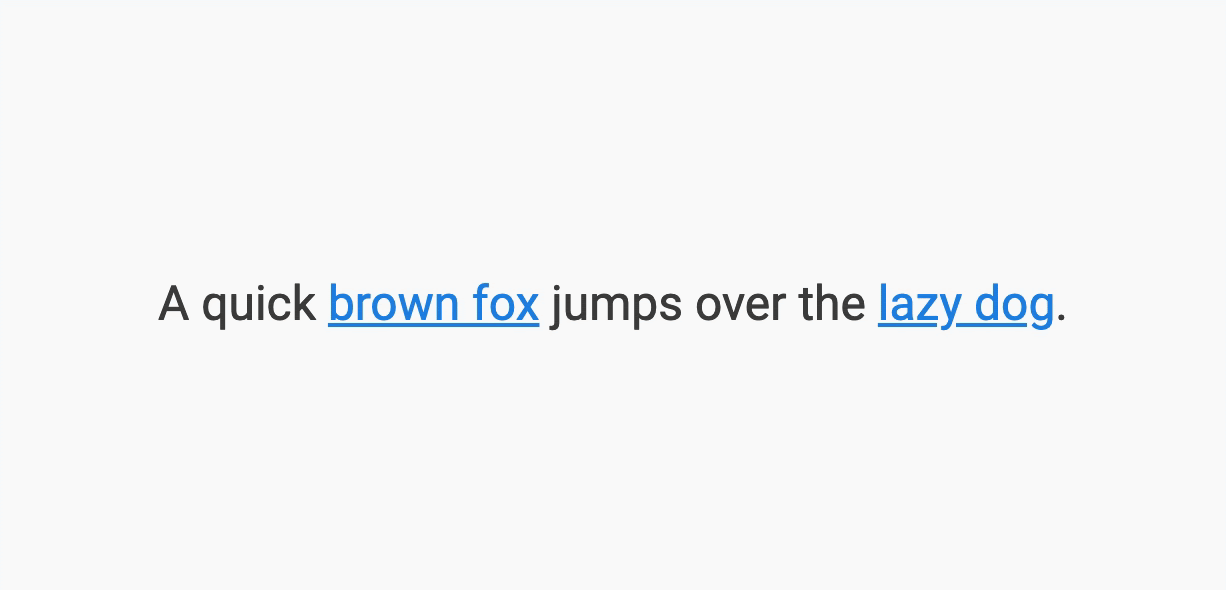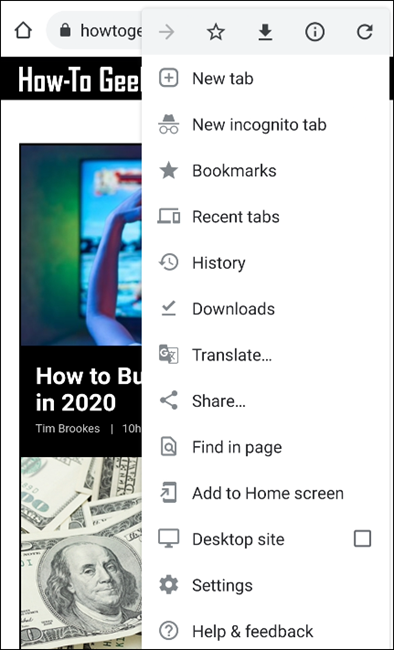Quick Links
Chrome 86 is another solid upgrade from Google. Besides the usual under-the-hood improvements, Google Chrome 86 helps you quickly change vulnerable passwords and protects you from websites wasting your CPU resources (and battery power) in the background.
Google released Chrome 86 on October 6, 2020. Chrome will automatically install the update or ask you to install it. If you don't want to wait, you can check for and install the update by clicking Menu > Help > About Google Chrome.
Reset Vulnerable Passwords More Easily
Google Chrome can check whether your passwords are compromised and warn you about it. Starting with Chrome 86, there's now a quick "Change Password" button in Chrome's password manager that will help you changed those leaked passwords. It will take you directly to the website's password reset page, taking a lot of legwork out of the process.
This feature is only available for websites that support the "well-known URL for changing passwords" format, which was introduced by Apple in Safari. Many websites have since adopted the feature.
Background Tab Throttling
Originally scheduled to be included in Chrome 85, Background Tab Throttling is available in Chrome 86. Tabs that are open in the background get throttled to a maximum of 1% CPU time after they’ve been inactive for five minutes or more.
Tabs are allowed to "wake up" once per minute while in the background. The feature will hopefully improve performance when you have a lot of tabs open at the same time. Google is constantly working to limit CPU usage from open tabs.
Warn Users of Insecure Forms on HTTPS Pages
Secure HTTPS encryption is widely used nowadays, but less secure HTTP content still appears on secure pages across the internet. Chrome 86 will begin warning you when you are about to enter information into an insecure site.
Previously, Chrome displayed a lock icon in your address bar when you were on an HTTPS site. HTTPS sites that used HTTP forms would not display the lock icon, but Google decided this was an unclear way of displaying the warning. Chrome will now display a much more prominent "This form is not secure" message with red text underneath form fields.
If you do submit a form that isn't secure, you'll see a confirmation page warning you that "The information you're about to submit is not secure" and encouraging you to go back.
Improved Focus Highlighting
For people who navigate Chrome with a keyboard or other assistive technology, the focus indicator visually highlights selections while scrolling through the page. The focus indicator makes it clear what you're selecting. Chrome 86 makes a couple of improvements to this.
First, a new CSS selector allows developers to opt-in to the same focus indicator method that the browser users. The second is a user setting called "Quick Focus Highlight." This is a second focus indicator (above) that appears even if the page has disabled focus styles with CSS.
Uniform Icons in Chrome OS
A small change coming to Chrome OS 86 will make app icons look more uniform. All app icons, whether they are Android apps, Chrome apps, or Progressive Web Apps, will be round.
Any app that doesn't have a background will automatically be put on a round white icon. Most people won't notice this change, but it does make things look more consistent. It's also in line with Google's Pixel phones.
Android Gets a New Overflow Menu
Speaking of Android, Chrome for Android is getting a new overflow menu in Chrome 86. First, all the entries in the many have icons, making it more visual. Second, the menu has been divided into four sections, putting similar options together.
Lastly, the shortcuts at the top of the menu, which are only presented by icons, have a darker grey background, dividing it from the other entries. All of these changes make the menu look a little nicer, and the options are more clear.
Developer Goodies
Like every new release, Chrome 86 includes a bunch of goodies for developers to get their hands on. Many times, this is where the real changes take place. Google outlined many of the features on the Chromium blog and the Web Developers blog. Here are some highlights:
- WebHID API: The WebHID API makes it possible for device drivers to access old and uncommon human interface devices (HIDs).
- Battery-Savings Meta Tag: Allows a site to recommend measures for the user to apply in order to save battery life and optimize CPU usage.
- Native File System API: Developers can build web apps that interact with files on the user's local device, such as IDEs, photo and video editors, text editors, and more.







